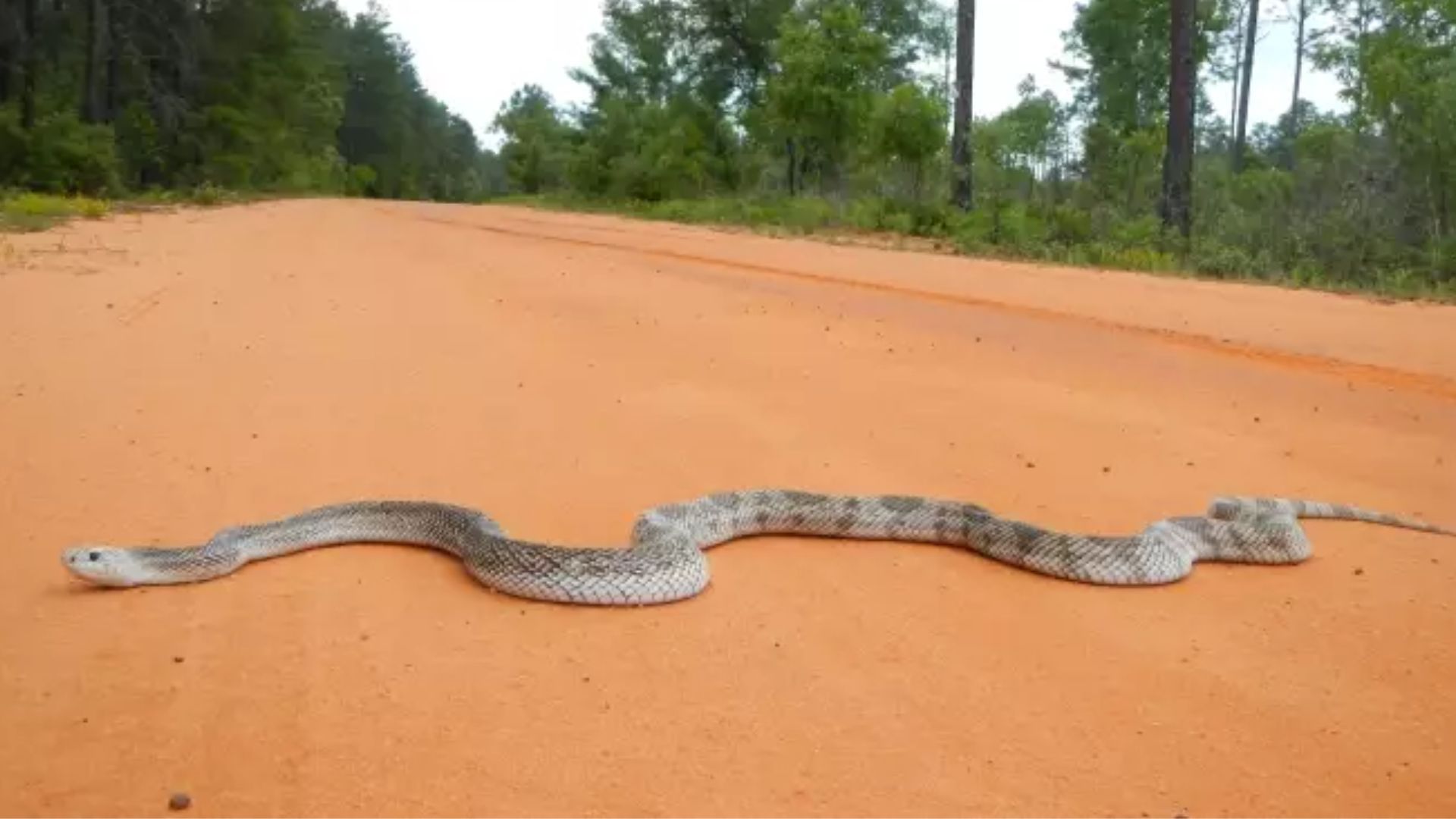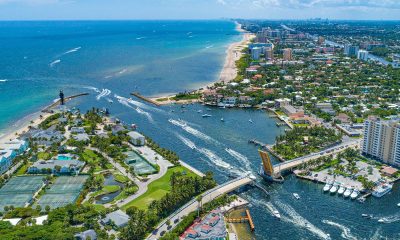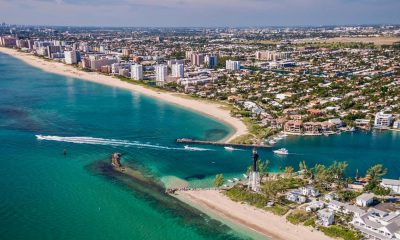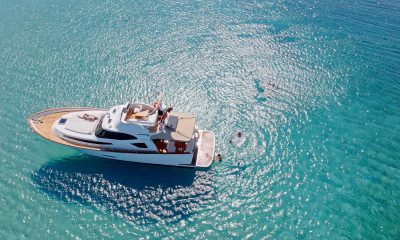State
Join the movement to protect Florida’s wild animals and ecosystems as spring brings new growth

Florida – As spring arrives in Florida, the state’s rich and diverse wildlife becomes more active, making it an important time for conservation efforts. With migration, breeding, feeding, and nesting all increasing in the coming months, the Florida Fish and Wildlife Conservation Commission (FWC) is urging residents and visitors to take steps to protect native species. By following a few key guidelines, Floridians can help reduce conflicts with wildlife and ensure these animals thrive in their natural habitats.
Be Cautious with Injured or Orphaned Wildlife
One of the most common concerns in spring is encountering young animals. While it may seem like an abandoned fawn or fledgling bird needs help, in most cases, their parents are nearby, foraging for food. FWC advises leaving these young animals undisturbed unless they are visibly injured. If you suspect an animal is truly orphaned, contact a licensed wildlife rehabilitator or your nearest FWC Regional Office for guidance.
Bat Maternity Season Brings Important Considerations
Bats play a crucial role in Florida’s ecosystem, but they also require special protection during their maternity season, which runs from April 16 to August 14. During this time, bats give birth and care for their young, and it is illegal to block them from returning to their roosts. The deadline to legally exclude bats from homes and buildings without a permit is April 15. If bats are found inside structures after this date, property owners must wait until the end of maternity season to remove them safely.
Keep Bears Wild by Securing Food Sources
As temperatures rise, Florida’s black bears become more active, and mothers teach their cubs how to find food. Unfortunately, unsecured garbage, pet food, and bird seed can attract bears to residential areas. To prevent conflicts, residents should secure trash bins, bring in pet food, and remove bird feeders when bears are active. When bears do not find easy food sources, they are less likely to linger in human-populated areas.
Gopher Tortoises Are on the Move
Spring marks an active period for gopher tortoises as they search for food and mates. If you see one crossing the road, FWC advises helping it to the other side—if it is safe to do so—but never taking it elsewhere. Since gopher tortoises are land animals, placing them in water can be harmful. Additionally, their distinctive half-moon-shaped burrows should not be disturbed, as they provide shelter for many other species.
Watch for Manatees on the Move
Manatees migrate from their winter refuges to coastal and inland waterways in spring, increasing their chances of encounters with boats. Boaters should slow down, follow posted speed limits, and always be on the lookout for these gentle marine mammals. Reducing boat collisions is essential for protecting manatee populations, which continue to face significant threats in Florida’s waters.
Protect Sea Turtle Nesting Areas
Sea turtle nesting season runs from March through October, and beachgoers can help by keeping shorelines dark and free of obstacles at night. Artificial lighting can confuse nesting turtles and hatchlings, leading them away from the ocean. Residents and visitors are encouraged to turn off beachfront lights, close curtains, and avoid using flashlights or cell phones on the beach after dark. Additionally, filling in sand holes and removing beach furniture at the end of the day can help prevent turtles from getting trapped.
Give Native Snakes Their Space
As temperatures rise, Florida’s native snake populations become more visible. While many people fear these reptiles, most snakes are non-venomous and play a vital role in controlling rodent populations. If you encounter a snake, it is best to observe from a distance and allow it to move away on its own. Simply giving snakes space can prevent unnecessary encounters and protect these important predators.
Help Nesting Waterbirds by Keeping Your Distance
Spring is also nesting season for Florida’s shorebirds, seabirds, and wading birds. Many of these birds nest on beaches, in mangroves, and on tree islands. Disturbing these birds can lead to abandoned nests and lost chicks. If birds appear agitated, it is a sign that people are too close. Beachgoers should watch their step, as eggs and chicks are often camouflaged among the sand and shells.
Watch for Wildlife on the Roads
With increased wildlife activity in spring, roadways can become dangerous for animals such as Florida panthers, bears, and deer. Drivers are encouraged to slow down, especially in designated wildlife crossing areas, and to stay alert for animals on the move. Supporting conservation efforts, such as purchasing the “Protect the Panther” license plate, can help fund research and management programs that aim to protect these iconic species.
Report Wildlife Violations
Florida residents and visitors play a crucial role in protecting wildlife. If you witness someone harming or illegally disturbing animals, report it to the FWC’s Wildlife Alert Hotline at 888-404-FWCC (3922) or text 847411 (Tip411) with the keyword “FWC” and details about the violation.
Stay Informed and Get Involved
To learn more about how to help Florida’s wildlife this spring, visit MyFWC.com/News and click on “Spring Wildlife News.” By staying informed and making small changes, everyone can contribute to protecting Florida’s natural beauty and the diverse species that call it home.

-

 Community8 months ago
Community8 months agoPompano Beach Pier: A coastal gem in South Florida
-

 Community8 months ago
Community8 months agoDiscover the best of Pompano Beach, Florida: A comprehensive guide to the most popular places to visit
-

 Community8 months ago
Community8 months agoPompano Beach cost of living: Housing costs, gas prices, and required income
-

 Community8 months ago
Community8 months agoMost popular Pompano Beach marinas: Fishing, boating, and a lot of fun time














